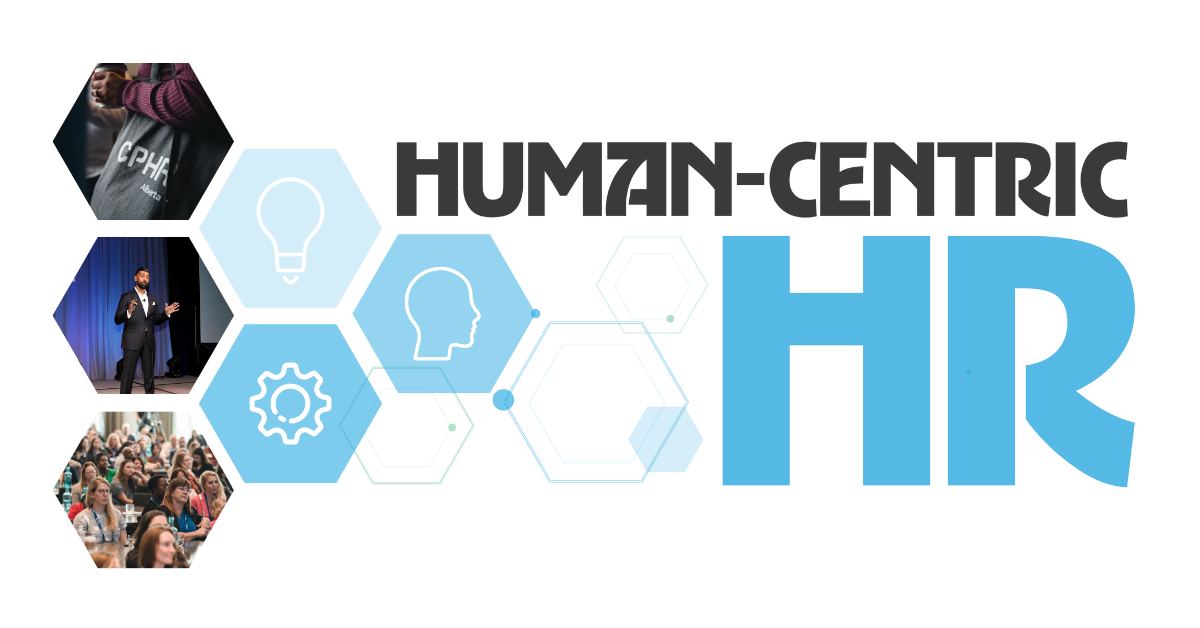
Your Ultimate Pre-Conference Checklist for the CPHR Alberta 2025 Conference!
The countdown to the CPHR Alberta 2025 Conference has officially begun!
This year, we're focusing on bringing the people element back to HR with the theme, Human-Centric HR, and we can't wait to welcome you. Whether this is your first time joining us or you're a seasoned attendee, getting prepared is key to maximizing your experience. We've put together an ultimate pre-conference checklist to help you show up confident, connected, and ready to learn.
Preparing Your Personal Brand
First impressions matter, even in a professional setting. Take a moment to update your digital identity. This means ensuring your LinkedIn and other professional profiles are current and reflect your latest career highlights. You'll be meeting and connecting with many new people, and you'll want to make it easy for them to learn more about you. Also, practice your "About Me" pitch. Plan out your 30-second elevator pitch so you can confidently introduce yourself when you meet someone new.
Set Clear Goals You Want To Accomplish
To make the most of your conference experience, it’s essential to set clear goals. Identify the who, what, when, where, how, and why of your attendance. What do you hope to learn? Who do you want to meet? Which sessions align best with your learning goals and interests? Thinking about how you’ll keep conversations and connections going after the event is also a great way to ensure lasting value.
Pack Smart
Don't underestimate the power of packing efficiently. The basics include business casual attire, business cards, chargers, notebooks, tablets, and water bottles. Don't forget comfortable shoes – you'll be on your feet a lot! If you're attending as a booth representative, remember to bring your swag. Equally important is practicing well-being. Human-centered well-being starts with taking care of yourself. Consider if you'll need quiet recharge moments during a fun-filled day or if you require built-in time for mindful breaks.
Review the Agenda & Plan Ahead
The conference agenda is packed with incredible content. Take the time to seek and prioritize your 'must-attend' sessions based on themes that most align with your personal and professional values. Plan intentional networking opportunities and prepare thoughtful questions to ask vendors. Lastly, get ready to engage in online conversations using event hashtags and social media to extend your reach.
Keep the Connections Going
Your conference experience doesn't end when the sessions do. Develop a post-conference strategy to maximize your new connections and learnings. This could involve suggesting collaborations, inviting someone for a post-conference coffee chat, or simply reflecting on key takeaways you'll champion back in your personal and professional life.
If You're Traveling to Edmonton, Support Local!
Fitness & Wellness
- Archetype Life: Group fitness classes are available for $21 per class. You can view the full schedule and find more information on their website:
Archetype Group Classes
- Spa by JW: The spa is separate from the gym offerings. To book appointments, please visit their website: Spa by JW Edmonton.
Group Outings & Events
- Braven: A great option for team dinners, offering three private dining rooms and one semi-private space. Learn more at Braven Private Dining.
- The Canadian Icehouse: Perfect for a fun, interactive event. Packages can include their Ice Room, golf simulator, and batting cages.
- The Banquet: This venue is great for a casual outing with bowling, arcade games, and catering options for events.
- Alchemy Bar: Offers private event packages, including private dining and patio spaces.|
Local Dining
- Woodwork: 10132 100 St NW
- Bernadette's: 10114 104 Street NW
- Bar Bricco: 10347 Jasper Ave
- Fu's Repair Shop: 10524 Jasper Ave
- Campio Brewing Co.: 10257 105 St NW
- Nuovo Bistro: 10721 124 St
Edmonton Classics:
- Baijiu: Asian-inspired small plates and creative cocktails. (10359 104 Street)
- Sabor: Authentic Spanish and Portuguese cuisine. (10220 103 Street)
- Buco Pizzeria + Vino: Neapolitan pizza and wine. (10423 101 Street)
- White Rabbit Ice Cream: Handcrafted ice cream. (10546 110 Street NW)
Local Coffee
- Credo Coffee: 10134 104 St NW
- Deville Coffee: A popular location near the ICE District is at 10850 104 Ave NW
- Coffee Bureau: 10505 Jasper Ave
- Lock Stock Coffee: 10534 Jasper Ave NW
We're so excited to see you at the CPHR Alberta 2025 Conference! Mark your calendars for September 23 & 24, 2025, at the JW Marriott Edmonton ICE District.
By following this checklist, you'll be well on your way to a productive and engaging experience.
View the full schedule, speaker bios, and sponsors here.
Amanda Tam is the Employer Relationship Manager for the University of Alberta's Engineering Co-op Program, where she has spent over four years connecting students with industry to support successful work-integrated learning experiences. She is passionate about student programming, career development, and recruitment, and brings a strong background in relationship-building and cooperative education. Amanda holds a Bachelor of Commerce in Cooperative Education from the University of Alberta and is a Chartered Professional in Human Resources (CPHR). She also volunteers with APEGA’s Mentoring Café, serves on the Social Media Committee, and is a Peer-to-Peer Mentor at CPHR Alberta.
The views and opinions expressed in this blog post belong solely to the original author(s) and do not necessarily represent the views and opinions of CPHR Alberta.






